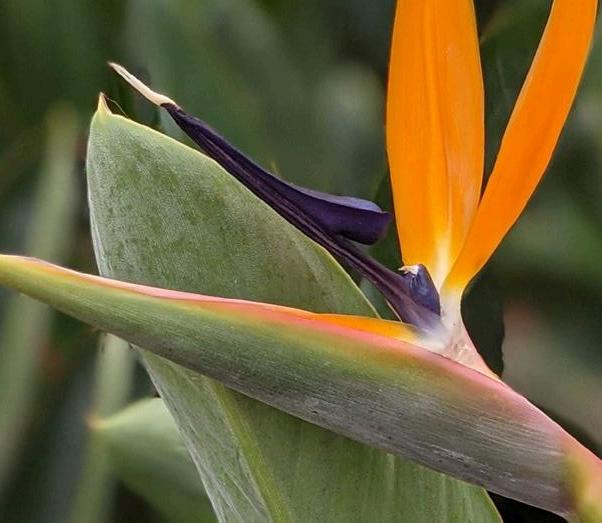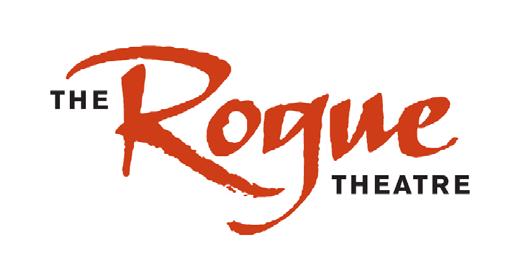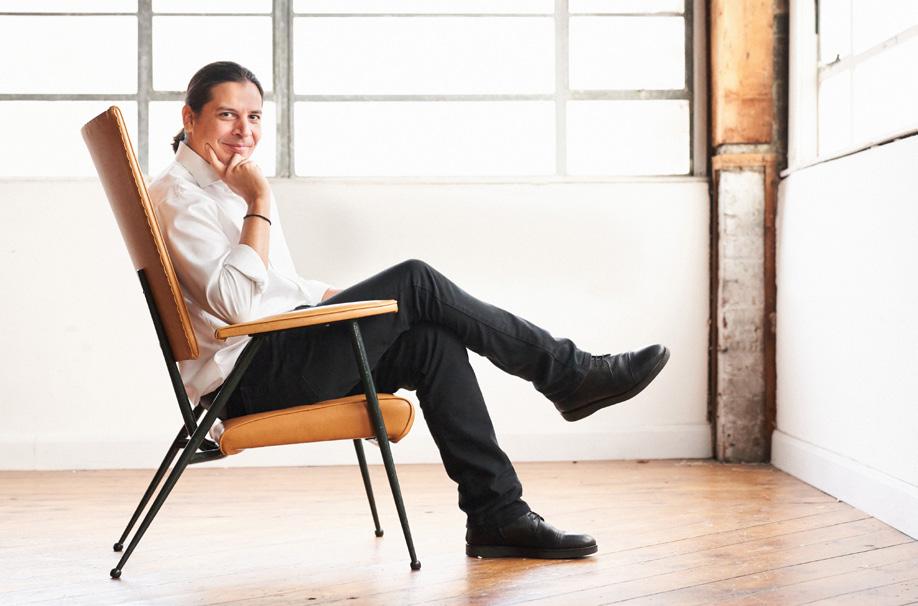
3 minute read
TUCSON BOTANICAL GARDENS
TUCSON BOTANICAL GARDENS offers outdoor respite
By Beverly Medlyn
Advertisement
Tucson Botanical Gardens is back this fall, offering visitors a safe experience of the lush outdoor space filled with plants, trees and flowers interspersed with dynamic pieces of sculpture.
COVID-19 restrictions shuttered the gardens from March 16 until partial reopening July 9. The café and butterfly exhibits are still closed, but visitors can experience the beautiful exhibits and gardens seven days a week. Hours are 8:30 a.m. to 4:30 p.m., with the new addition of evening hours 6 p.m. to 9 p.m. Thursday through Sunday.
Though the spring-summer closure was devastating from a financial viewpoint, it offered an opportunity to make necessary infrastructure improvements, says Michelle Conklin, executive director.
“I think some of the things we have been forced to do are in the best interest of our garden going forward,” she says. “For example, we have been talking for years about buying this ticketing software. It is a big financial investment. COVID forced us to do it, and it’s the best thing we ever did! Our online classes on subjects ranging from container gardening to watercolor painting also will be with us forever.”
The ticketing software allows visitors to buy tickets online for timed entry, which controls occupancy. A new admission building was constructed with brick pathways directing visitors to one path in and another path out. Masks and social distancing are required. Staff health is monitored. Cleaning is continuous. Inside spaces and galleries are closed. The gift shop limits entry to eight shoppers.


SPECIAL EVENTS
Two special events are currently on display at the Gardens: La Calavera Catrina and SculptureTucson’s Bird Houses and Nests.
La Calavera Catrina, commissioned and organized by the Denver Botanic Gardens, is on exhibit for the first time in Arizona. It features 8-foot tall colorful skeleton figures created by artist Ricardo Soltero of Nayarit, Mexico. La Catrina is one of Dia de los Muertos’ most recognizable characters, a social satire on the upper classes.
SculptureTucson, a local nonprofit organization enhancing Arizona’s cultural landscape through sculpture in public spaces, partnered with the Gardens to present “Bird Houses and Nests,” featuring large-scale sculptures integrated into the grounds.
The Gardens has changed the format of its annual holiday exhibit from Luminary Nights to Wander-land — a holiday garden stroll. Wander-land starts Dec. 4 with 3,000 luminarias and Korean lanterns. Music will be piped in this year instead of live to free space on the pathways. Decorative displays will be placed in building windows instead of inside buildings, which will be closed.
ONLINE CLASSES
Thirty online classes are available this fall, and Conklin sees the online presence continuing.
Among the November and December classes are a three-part series on container gardens, cooking pozole and tamales, choosing container pots for holiday gifts, drawing and watercolor techniques, and using natural substances for green cleaning products. Online classes are recorded and remain available to the participant for two weeks after the live class.
Class registration and payment are available on the Tucson Botanical Gardens website.
BUILDING A FUTURE
The Gardens are funded by earned revenue and membership donations. “We are starting to build an endowment,” Conklin says. “Through COVID we realized the importance of making this a priority. Protecting the plant collection, the animals and the historical buildings will ensure the Gardens will be in Tucson forever.”
For more information, visit tucsonbotanical.org.
MICHELLE CONKLIN executive director profile

“I guess I have to share my secret: a year ago, I started taking violin lessons. (I feel so sorry for my husband!) I’ve loved having extra time to practice and the ability to continue lessons virtually with my teacher. I’ve also watched a lot of YouTube mini-master classes with musicians from all over the country — what a treat! It’s felt a little like hanging out with some new cool friends. I’ve also had a little more time to write, to read, to research gardens and new designs.
But — at the core — what gave me real peace, especially during the early days of closure, was when I was able to walk through the Tucson Botanical Gardens, sit under the trees and take real delight in discovering which flowers and plants bloomed. Now that we are open, it’s lovely to see that natural spaces and gardens are getting the attention they deserve because we’re now beginning to understand just how much we need them.”










